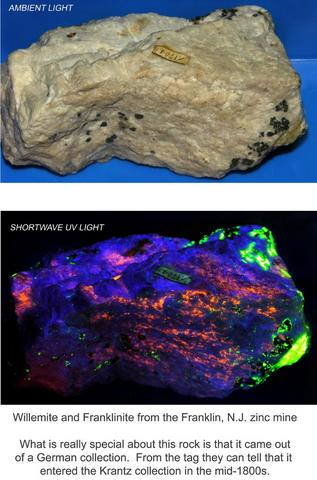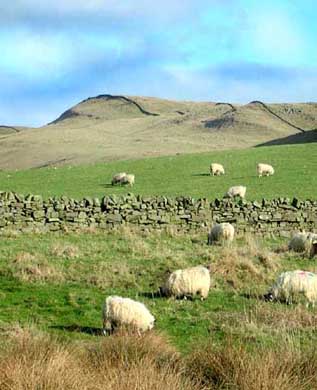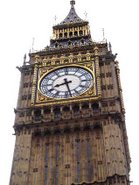The Leukemia & Lymphoma Society
Yesterday evening I attended a fund raiser for The Leukemia & Lymphoma Society called Light The Night Walk. A large group of people walked around Ascarate Lake in El Paso, Texas. It took us about 45 minutes to walk all the way around the lake.
Supporters carried red balloons which contained a small LED flashlight and cancer patients (they call them survivors) carried white balloons which also had a LED flashlight in them. For a donation of $25- you received a free T-shirt.
Ascarate Lake is most famous for a huge Navy P5M seaplane having landed in this small man made lake in the middle of the Chihuahuan desert in April 1960. Although the body of water was large enough to land in, it was not nearly big enough for a large seaplane to take off. So after many months the military finally attached JATO rockets to the airplane to give it added thrust. It then took off safely, never to return.
It is always interesting to hang out with other cancer patients. Some are full of self pity, while others show great dignity. There is sometimes a lot of forced frivolity and humor.
This evening I gained a bit of insight. If you do not have a spouse or close friend, try not to die inside your own house. If your rotting corpse remains in the house for a week or so it will severely damage the resale value of the house, thus financially harming one’s survivors. Really good advice!
The other insight I received regarding incurable malignant cancer was: If you finally reach the point where the suffering is intolerable and you make a conscious decision to end the suffering - go out into the desert or to the middle of the forest to do it. Let the animals and nature take the appropriate actions with your remains. Another piece of really good advice!
LINK: http://www.lightthenight.org/site/c.itJZJ7MOIwE/b.730971/
"On April 10, 1960, a U.S. Navy P5M Martin Marlin seaplane was made an emergency landing on the 3,000-foot long Ascarate Lake.
The pilot, Lt. M.T. Burke, said he made the decision to land in the "pond" when the starboard engine began cutting out every few minutes.
"The trouble started around Yuma," Burke told the El Paso Times at the time. "But it didn't get serious until we were 50 or 60 miles out of El Paso." The officer decided to come to El Paso rather than try for Elephant Butte Lake.
Before landing, much of the fuel was dumped from the seaplane, which the El Paso Times article also referred to as a "flying boat."
Burke and his crew had left San Diego en route to Baltimore, via Pensacola, Fla. The seven people on the flight were members of a ferrying group that transported planes across the nation.
The plane landed from south to north, then was towed with the assistance of a Sheriff's Department boat piloted by Deputy Charlie Barker, and a County Recreation Department boat, handled by Earl Thurston, to the north end of the lake.
Additional personnel, tools and spare parts were flown in to help get the flying boat ready for takeoff while Burke held an "open house" so that Mayor Raymond Telles, County Judge Woodrow Bean and other City and County officials could inspect the seaplane -- "a rarity in El Paso."
The landing, however, wasn't as complicated as the takeoff later.
Four rockets were added to the seaplane, it was stripped of all unnecessary equipment, and it carried a minimum load of fuel to make it as light as possible. The trees at the south end of the lake were soaked overnight and pushed over with bulldozers.
In the early morning of April 23, an Air Force helicopter hovered overhead and emergency crash trucks stood ready in case of trouble.
Capt. Ted Vogel of the El Paso Police Department and two members of the Sheriff's Department Boat Patrol were also on watch, and Mexican police had an ambulance and fire truck ready on the Mexican side.
At 6:13 a.m., the 77,000-pound flying boat, using its extra jets and aided by small motorboats kicking up waves, took off successfully from Ascarate Lake.
The pilot was Lieut. Commander William L. Schad, and his co-pilot was Lieut. Gordon R. Williams. They flew from El Paso to Corpus Christi and then on to Baltimore, Md."
-
-
-
-
-
-
-


























